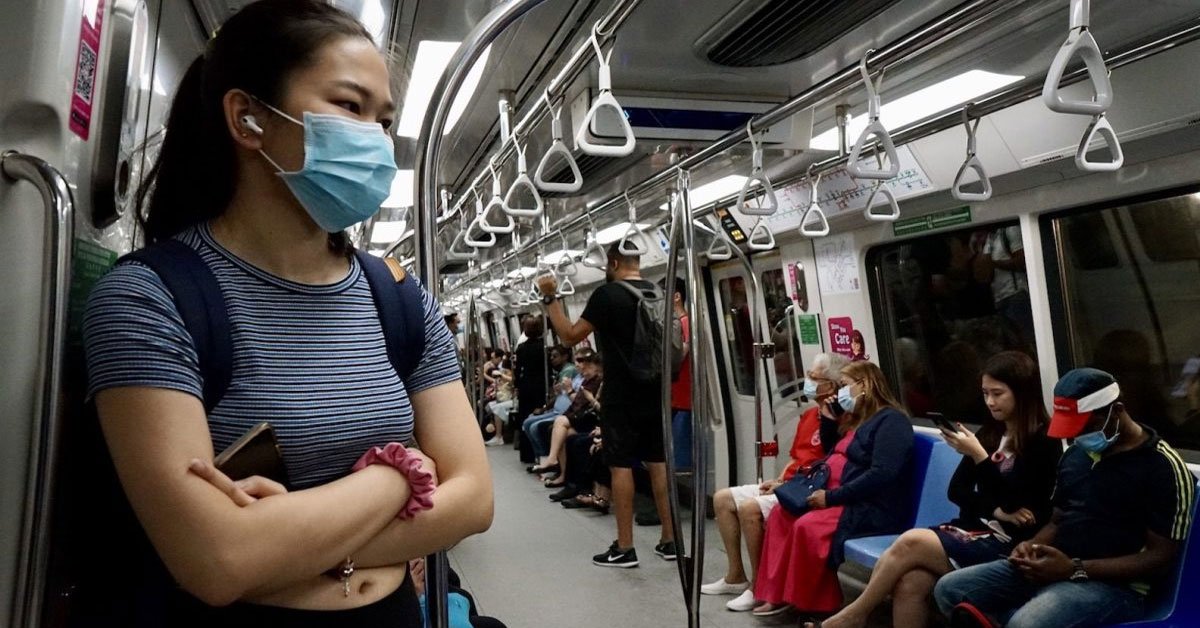A few months ago, if you had asked any Singaporean what DORSCON was, they’d guess it was a mythical creature from a fantasy novel.
But now, everyone’s an expert on it.
In case you don’t know, DORSCON stands for Disease Outbreak Response System Condition. It’s a framework that enables the Government to respond immediately and appropriately to any virus outbreak.

As you can see, the DORSCON level is based on the severity and spread of disease, with green being the lowest and red being the highest.
Just over a month ago, the Singapore government raised the DORSCON level to Orange due to the Covid-19 outbreak.
And now, with many countries including Singapore experiencing a spike in cases, some are wondering what Singapore’s response will be if the World Health Organization (WHO) declares Covid-19 a pandemic.
Surely we’ll raise our DORSCON level to red, right? Well, maybe not.
S’pore DORSCON Level Might Not Be Raised Even If Covid-19 Is Declared A Pandemic
According to gov.sg, the DORSCON level will only be raised or lowered based on the “assessed impact on public health in Singapore”.
This means that the DORSCON level may not be raised even if WHO declares the situation a pandemic.
For example, although the DORSCON framework did not exist during the SARS outbreak in 2003, the DORSCON level would have been Orange at its peak. This is because the disease did not spread widely in the community and was largely contained even though it was severe.
So, this means that while the DORSCON framework takes into account the disease situation overseas, it is largely based on how bad the situation is in Singapore.
But how will Singapore respond to a pandemic?
WHO defines a pandemic as the worldwide spread of a new disease.
Covid-19 has not been declared a pandemic by WHO as of yet, but with the rising number of cases globally it is certainly a possibility, as they declared the H1N1 outbreak in 2009 a pandemic.
One of the biggest changes that the Singapore government might make if WHO declares a pandemic is the relaxing of border control measures.
In an epidemic, which is what we’re facing now, border controls can “slow down the number of imported cases coming into Singapore”, Ministerial Task Force Minister Lawrence Wong said.
However, in a pandemic, a lot of these border control measures may no longer be useful because the disease would have already spread widely to all countries.
“It’s not possible for us to isolate Singapore from the rest of the world. It’s not just the economic part – human-to-human interaction, country-to-country interaction (make it) not possible”, Health Minister Gan Kim Yong said.
So, if WHO declares a pandemic and there’s widespread community transmission, the response strategy may shift from containment to mitigation, where the aim will be to reduce the overall impact of the disease in Singapore.
This could include more social distancing measures to slow down the spread of the virus.
But will it happen?
According to TIME, WHO has so far resisted describing the crisis as a pandemic in fear that the word would scare the world further and “lead some countries to lose hope of containing the virus.”
“Unless we’re convinced it’s uncontrollable, why (would) we call it a pandemic?” WHO director-general Tedros Adhanom Ghebreyesus said this week.
Some experts, however, believe that we’re already in the midst of a pandemic.
At any rate, one thing’s for sure; don’t panic. Caution is good, but all panicking will do is leave you with 200 rolls of toilet paper and an unhealthy amount of soya sauce.



